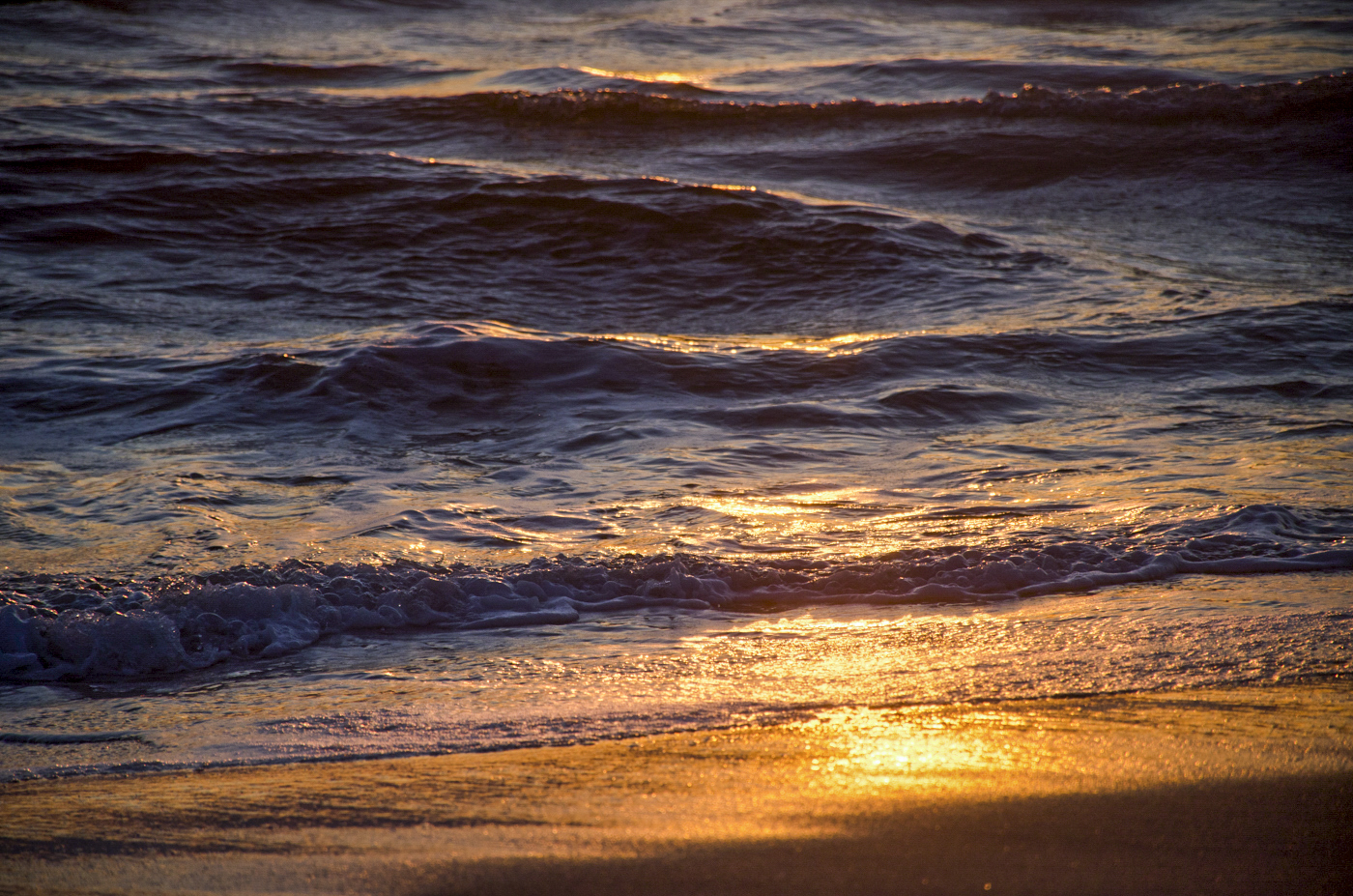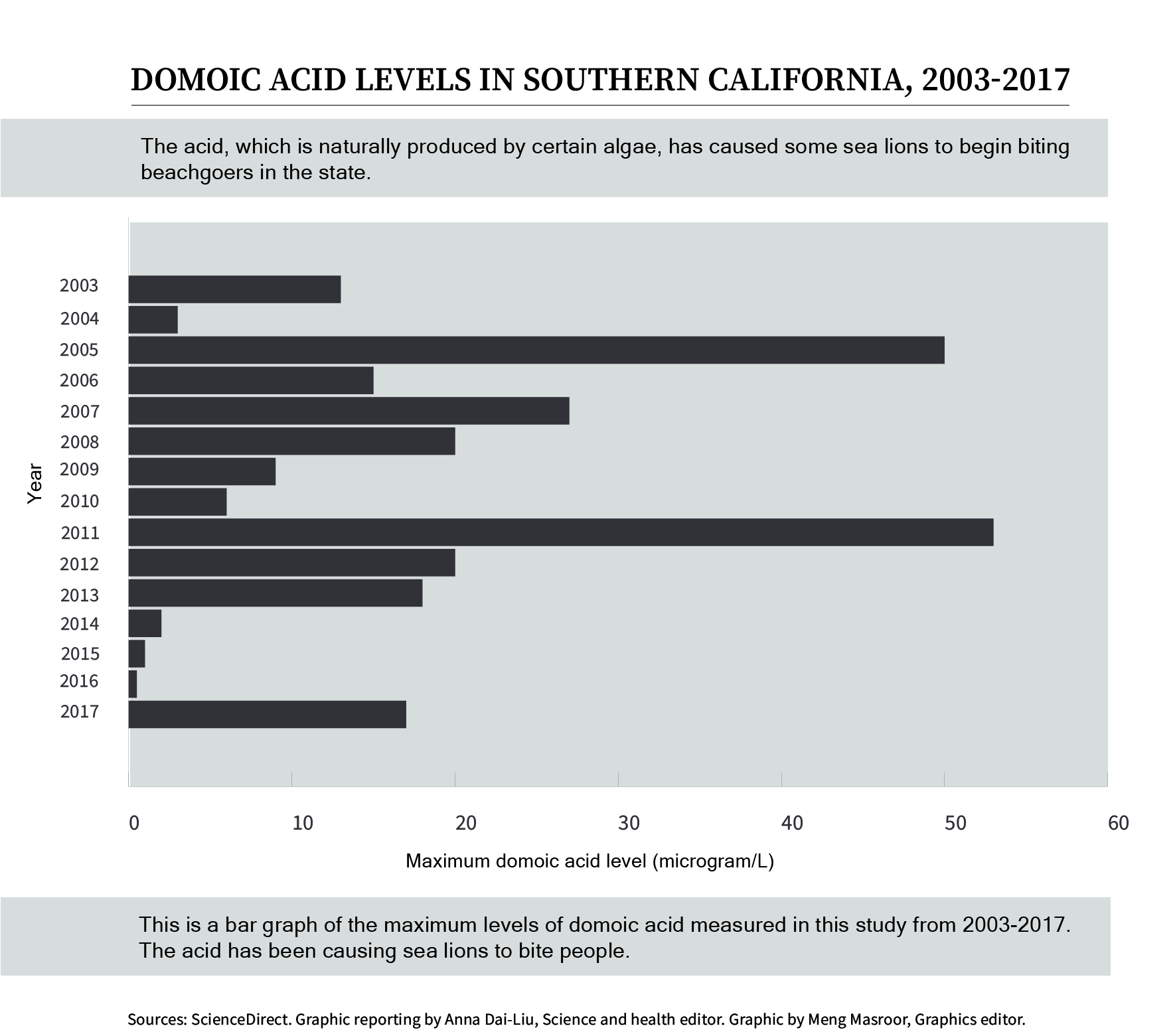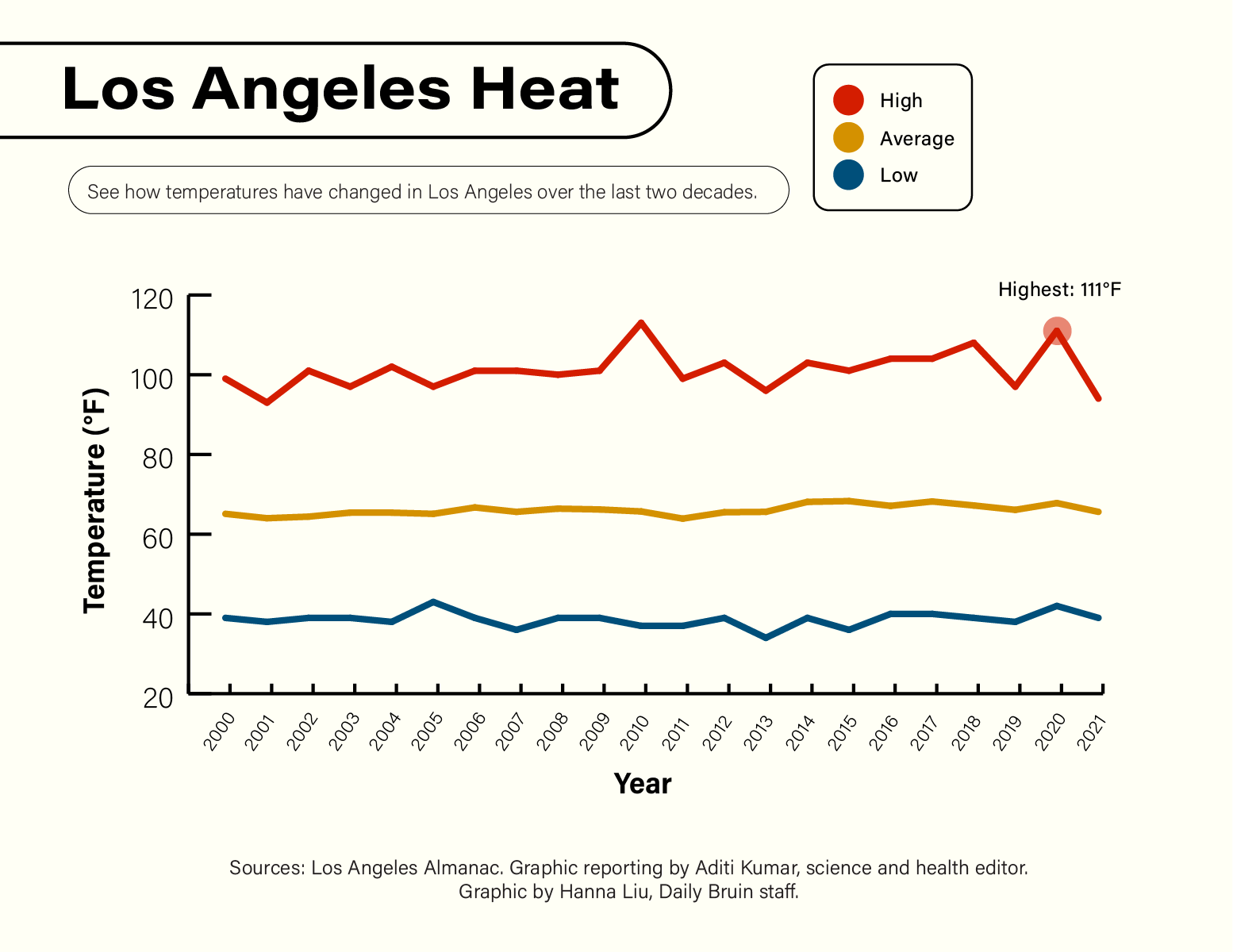Campus Queries: How is El Niño impacting California cities and ecosystems?

A small wave breaks on a beach. Recent changes caused by the environmental phenomenon El Niño have led to increased frequency of storms and large waves, (Daily Bruin file photo)
By Shaun Thomas
March 2, 2024 8:53 p.m.
This post was updated March 3 at 10:47 p.m.

Campus Queries is a series in which Daily Bruin readers and staff present science-related questions for UCLA professors and experts to answer.
Q: Why are sea waves abnormally large this winter, and how have California ecosystems been affected?
A: El Niño, a climate pattern that causes a seasonal rise in temperature in the Pacific Ocean, has resulted in severe storms and large, turbulent waves.
This phenomenon usually results in increased and generally more severe storms along the California coastline, according to an emailed statement from Lindsay Call, the chief resilience officer of the Santa Monica Office of Emergency Management. These changes can lead to coastal flooding, the erosion of beaches and cliffs, and elevated ocean wave conditions, Call said in the statement.
Amarie Strong, a third-year marine biology student and co-chair of Ocean Resources for Conservation and Advocacy at UCLA, said El Niño disturbs the upwelling – or rising – of cold water from lower levels of the ocean and subsequent pushing of warm water downward. This lack of circulation causes a thick layer of warm water to accumulate at the water’s surface, she said.
Strong also said the warm water at the surface will lead to a lack of nutrients for marine animals.
“You’re going to see a lot of decrease in populations or a lot of migration,” she said. “Any species that is affected by the lack of nutrients has to either move quickly, … and if it can’t move somewhere else, then it’s going to die.”
Strong added that the warming of the ocean leads to a decrease in atmospheric pressure, leading to more rainfall and storms.
The rising waves have affected students who frequently interact with the ocean. Jacob Thene, a member of UCLA’s Surf Club, said he and other surfers use atmospheric information on the ocean swells to determine when to go surfing.
Thene, a first-year pre-economics student, added that some surfers have mixed feelings about El Niño because though the waves are bigger to surf, they can also be choppy and turbulent. El Niño also affects overall surf conditions on California beaches differently depending on location, as these swells come from specific directions, he said.
“We hear, ‘Oh, there’s going to be rain. There’s going to be swell.’ We’re happy about it,” Thene said. “(But) bigger isn’t always better in surfing.”
Q: What have organizations done to inform people about what’s going on? What can people do to help mitigate the effects of El Niño?
A: State officials regularly meet and design plans with local partners, but more efforts are being taken to effectively communicate this information to the public, said Patrick Cheng, the Santa Monica OEM’s emergency services administrator, in an emailed statement.
Cheng said in the statement that OEM sends out text and email alerts to advise people in Santa Monica on how to stay safe. He added in the statement that OEM has partnered with organizations such as UCLA Health to help update the city’s Local Hazard Mitigation Plan, which assesses emergency concerns, pinpoints local hazards and develops strategies to mitigate risks.
Residents and businesses can use the CalOES MyHazards tool for their specific area to protect themselves and identify hazards caused by El Niño, Call said in her emailed statement.
She added in the statement that during extreme weather events, OEM conducts daily conference calls with the National Weather Service to learn about upcoming forecasts and works with the city of Santa Monica to alleviate the impacts of storms.
“During the storm, local conditions are closely monitored by first responders and actions are taken to close roads or areas that are unsafe,” she said in the statement.
Thene said many cities in California are not built for the rain, citing the floods that affected Los Angeles a few weeks ago. He added that hazardous materials such as used needles and animal feces can wash into the ocean because of the increased rainfall.
Although ORCA at UCLA has not had any events related specifically to El Niño, the club has addressed El Niño’s effects on marine life, the ocean ecosystem and beaches through events such as beach cleanups, Strong said.
She said she thinks El Niño and other scientific information related to ecological phenomena can be communicated better to the public, as people may miss key terms in the media. She added that she thinks it is important for science communication to be interdisciplinary and include a diverse range of fields.
“Art can be really important in science for things like this, like education and communication, so that the community can stay informed in a way that’s clear and understandable,” Strong said.






